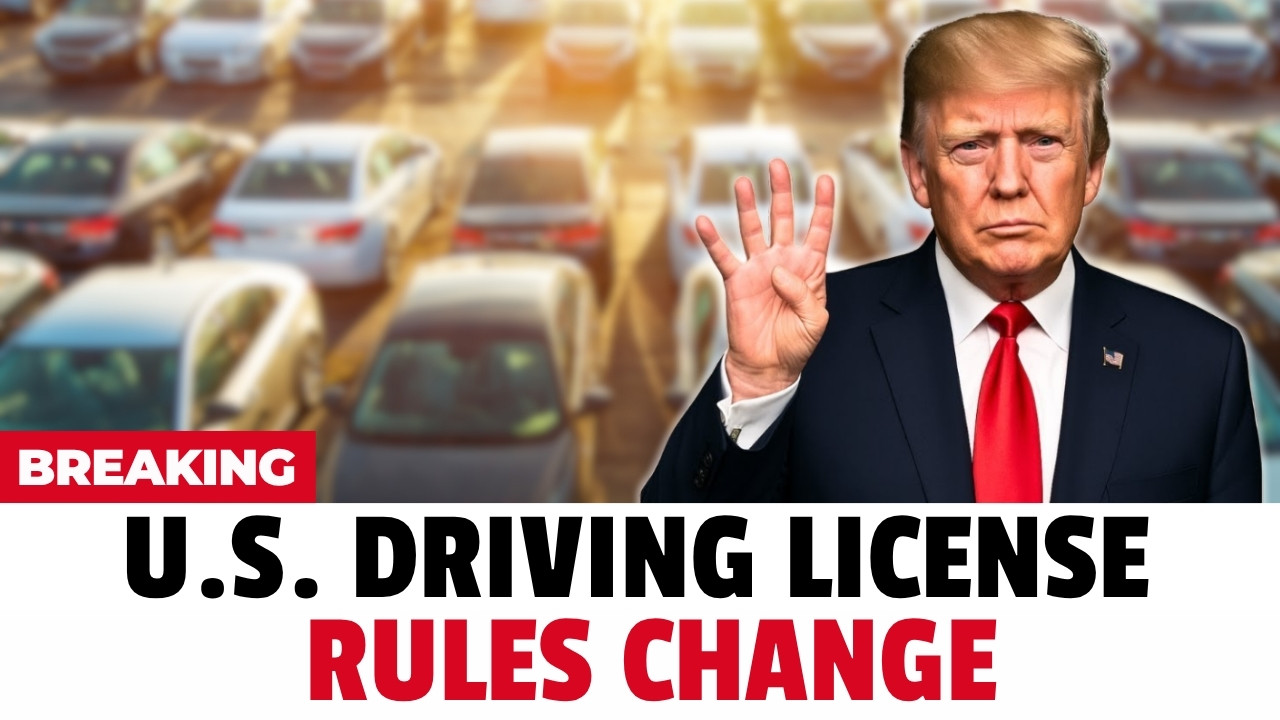From November 2025, every driver in the United States will experience major changes in how driver’s licences are issued, renewed, and used. The updated rules come after years of preparation under the REAL ID Act, which aims to make personal identification more secure and uniform across the nation. These updates will also affect domestic travel and how Americans prove their identity at federal facilities.
For many citizens, this marks the final enforcement phase of a law first introduced in 2005. While the new measures will not stop anyone from driving, they will determine whether your licence can be used for air travel or entry to certain government buildings.
Table of Contents
Why the Update Matters
The Department of Homeland Security (DHS) and the Transportation Security Administration (TSA) have confirmed that, starting May 7, 2025, all travellers boarding domestic flights must present a REAL ID-compliant licence or another approved identification, such as a passport. Enforcement for general licence changes will reach full national scope by November 2025.
The purpose is twofold: to protect personal data and prevent identity fraud while ensuring consistent standards in all 50 states. According to DHS, the REAL ID framework closes gaps that once allowed forged documents or mismatched verification during license issuance. These updates are considered vital for both transportation security and accurate identity management.
What Will Change in 2025
The most visible change is the REAL ID marking, usually a small star in the top corner of a driver’s licence. Only cards carrying that mark will be accepted for boarding domestic flights and entering federal buildings. Licences without it remain valid for driving but not for identification in secure federal zones.
Each applicant will need to submit verified proof of identity, Social Security number, and residential address. States will cross-check these documents directly with issuing agencies such as the Social Security Administration (SSA) and the Department of State. Digital capture of photographs and signatures will also become mandatory across every DMV.
Older drivers may notice additional updates. In several states, drivers aged 70 or above will have shorter renewal periods and may need in-person visits, including vision or health checks. The intent is not restriction but ensuring older motorists remain safe and medically fit to drive.
Documents Required Under the New Rules
Every driver will need proper records before applying for or renewing a licence. Though each state sets its own list, most will require:
| Verification Area | Commonly Accepted Documents |
|---|---|
| Proof of Identity | Certified birth certificate / valid U.S. passport |
| Social Security Number | SSN card / W-2 form / SSA-1099 statement |
| Proof of Residence (2) | Utility bills, lease agreement, or bank statement showing address |
Applicants should use original or government-certified copies only. Photocopies or expired documents are usually rejected. Checking state DMV websites such as dmv.ca.gov or dmv.ny.gov ensures up-to-date local instructions.
Preparing Before November 2025
Drivers are encouraged to act early rather than waiting for the final deadline. Many DMVs expect increased foot traffic once the enforcement date approaches. The TSA warns that travellers using non-compliant IDs after May 2025 will be refused boarding on domestic flights.
Start by checking if your licence already displays the REAL ID mark. If it does not, book an appointment at your state DMV and carry the correct documentation. Those 70 or older should also confirm if vision tests or medical certificates are required.
Renewals completed after the cut-off date will automatically follow the new verification process. In some states, early upgrades are allowed at regular renewal cost, preventing last-minute rushes later in the year.
How These Rules Affect Different Drivers
For new drivers, the application process will be slightly longer due to enhanced verification. Young applicants must bring complete identification proof from the beginning.
Existing drivers with valid licences that expire after 2025 can continue using them for driving but may face travel restrictions if their card is not REAL ID-compliant. For seniors, renewal intervals could shorten to three years instead of five, depending on state regulations.
Travellers who rely on driver’s licences as their main ID should note that only REAL ID-marked cards or federally recognized alternatives (like a passport or military ID) will be accepted at airport checkpoints.
Avoiding Common Problems
The most frequent issue is assuming an ordinary licence is still valid for all purposes. While it remains legal for driving, it may not work for flights or federal building entry. Another problem is using outdated proofs; many DMVs only accept recent bills or statements (typically within 60–90 days).
Also, avoid waiting until just before the deadline. In 2019, similar rollouts saw DMV backlogs of several weeks. Starting early ensures a smoother experience and helps avoid expired documents or rescheduled appointments.




